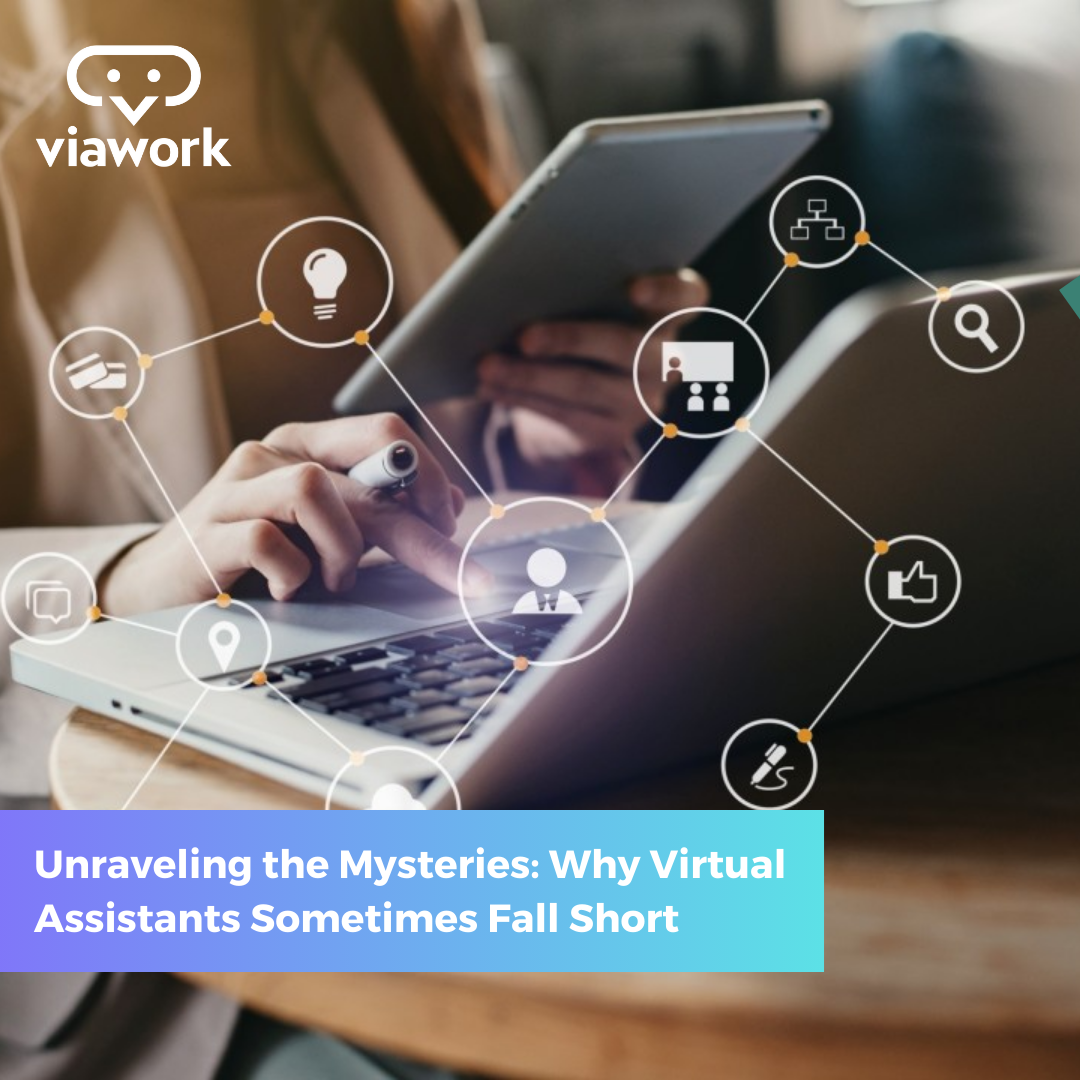Unraveling the Mysteries: Why Virtual Assistants Sometimes Fall Short

Introduction:
1. Lack of Proper Training:
One of the primary reasons for the underperformance of VAs is the lack of proper training. Businesses often assume that VAs can seamlessly integrate into their operations without adequate guidance. However, without a clear understanding of the company’s processes, values, and goals, VAs may struggle to meet expectations.
2. Communication Barriers:
Effective communication is the backbone of any successful collaboration, and the virtual nature of assistants exacerbates the challenges. Misunderstandings, misinterpretations, and language barriers can hinder the flow of information, leading to errors and diminished productivity.
3. Inadequate Integration with Systems:
For VAs to function optimally, they need seamless integration with existing systems and technologies. Failure to integrate a Virtual Assistant properly can result in inefficiencies, data discrepancies, and an overall lack of synergy with other tools in the business toolkit.
4. Limited Skill Set:
While VAs are becoming increasingly sophisticated, they may still lack certain specialized skills required for specific tasks. Relying on a Virtual Assistant to perform tasks beyond its capabilities can lead to frustration, errors, and a decline in overall performance.
5. Insufficient Planning and Oversight:
Successful implementation of Virtual Assistants requires careful planning and ongoing oversight. Some businesses make the mistake of deploying VAs without a well-defined strategy or neglecting to monitor their performance over time. Without proper management, VAs may not adapt to changing needs or deliver consistent results.
